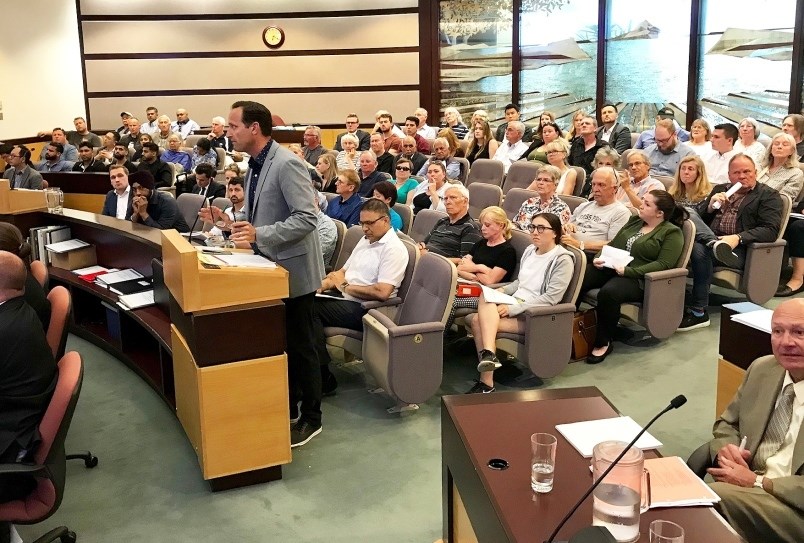There were concerns raised at a public hearing last week that townhouses being proposed across the street from South Delta Secondary, expected to be listed somewhere in the vicinity of $800,000, would be out of reach for many first-time buyers.
While it’s hard to argue with that sentiment, it speaks to how absurd things have become with our real estate market and how challenging it will be to create that “complete” community Delta’s Official Community Plan envisions.
Owning a single-family home in South Delta can only be considered a pipe dream for a considerable number of people, including many younger ones, who simply can’t afford to buy a home like their parents did a generation ago.
One of the responses to this dilemma is to knock down aging single-family homes and replace them with townhouses, which doesn’t necessarily sit well with those folks who see that as an intrusion in their neighbourhood, but puts more units on a piece of property, thus lowering the price of those units. Opponents decry this practice, calling such projects too dense, but the trouble, at least if the proposal at the corner of Tsawwassen’s 8A Avenue and 53rd Street has taught us anything, is that sometimes these kinds of developments aren’t dense enough.
I’m not suggesting putting more than the 37 townhouses Delta council approved for the site, but when stepping down from single-family homes to townhouses still can’t put home ownership in the grasp of many young families, it underscores how out of whack things have become. I presume if the townhouses being proposed were smaller in size, the price would come down, but that means more of them on the property, which only exacerbates neighbourhood concerns over density.
How we deal with this conundrum will go a long way to determining what our community looks like and who gets to live here. While most people agree that a greater variety of housing is needed in order to provide more affordable options, most would also rather see such stock built in someone else’s neighbourhood.
We’re faced with a choice of redeveloping certain areas or maintaining the status quo and putting out a “No Vacancy” sign. The younger generation is waiting for our answer.



